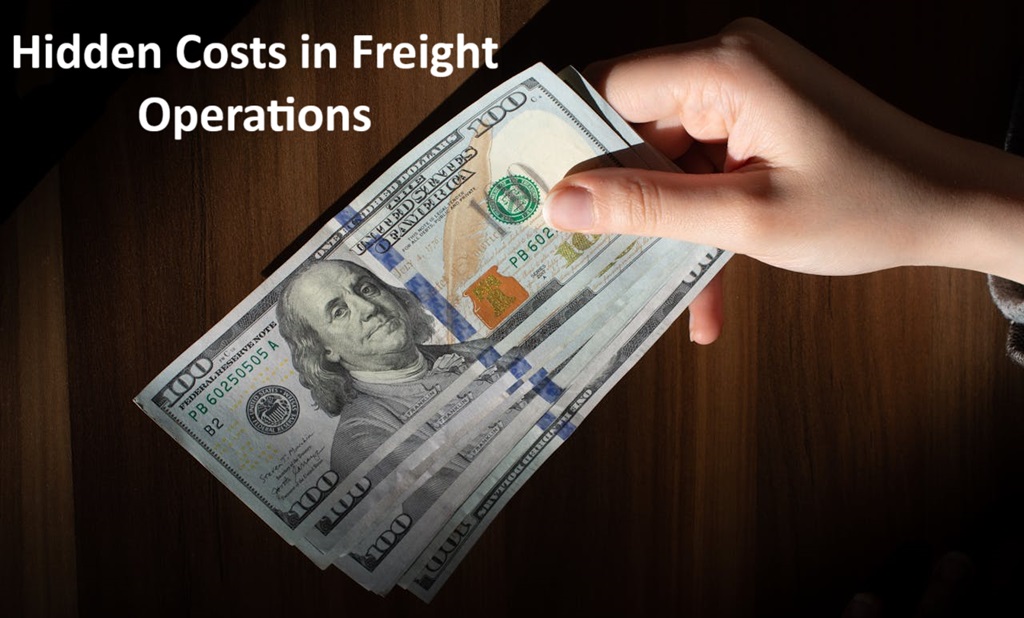Logistics has always been a game of speed, efficiency, and cost control. But in today’s highly competitive market, relying on historical data or gut instinct is no longer enough. The winners are those who can see ahead – and that’s exactly what predictive analytics makes possible.
While large logistics companies have been using predictive analytics for years, small and medium-sized operators often assume it’s too complex or expensive. The truth? Predictive analytics is now more accessible than ever, and adopting it early can give small businesses a huge competitive edge.
What is Predictive Analytics in Logistics?
Predictive analytics uses historical data, machine learning, and statistical algorithms to forecast future outcomes. In logistics, that means anticipating demand, predicting delays, optimizing routes, and controlling costs before problems arise.
For example, instead of reacting to late deliveries after they happen, predictive analytics alerts you to potential delays in advance – allowing you to reroute shipments or adjust schedules proactively.
Why Predictive Analytics Matters for Small Logistics Companies
Big players have entire data science teams to analyze trends and make decisions. Smaller operators don’t have that luxury. But that doesn’t mean you can’t compete. Predictive analytics tools like LogiFlex automate the heavy lifting so you can:
- Reduce Unexpected Costs: Spot fuel spikes or route inefficiencies before they hurt your margins.
- Improve Customer Satisfaction: Predict and prevent late deliveries to maintain strong client relationships.
- Maximize Asset Utilization: Anticipate demand changes and allocate trucks where they’ll be needed most.
- Make Smarter Pricing Decisions: Forecast seasonal demand and adjust rates strategically.

Real-World Examples of Predictive Analytics in Action
Imagine you run a small trucking company that serves multiple regions. In the past, you’d schedule deliveries based on recent trends or driver availability. But what if a snowstorm is predicted next week on your main route? Predictive analytics considers weather forecasts, historical delays, and traffic data to proactively suggest alternate routes – saving you time and penalties.
Another example: fuel costs are projected to rise by 10% over the next two months. Predictive models can recommend adjusting delivery frequencies or consolidating loads now to minimize the impact later.
How Can Small Operators Start with Predictive Analytics?
You don’t need expensive software or a team of analysts. Modern SaaS platforms like LogiFlex make it easy to start:
- Upload Your Existing Data: Routes, delivery times, fuel costs, and carrier performance.
- Get Predictive Insights Instantly: Our system analyzes patterns and provides recommendations.
- Act on Actionable Suggestions: Use clear, AI-driven insights to adjust routes, improve utilization, and forecast demand.
The best part? You can start with a free predictive report before committing to a subscription.
Common Misconceptions About Predictive Analytics
“It’s only for big companies.” False. Cloud-based platforms make predictive analytics affordable for businesses of any size.
“It’s too complicated.” Wrong again. Our dashboard is designed for busy logistics managers – no coding or analytics background required.
“It won’t make a big difference.” In reality, even a 5% improvement in route efficiency or cost savings can significantly impact your profit margins.
The Bottom Line
Predictive analytics is no longer a luxury – it’s a necessity for logistics businesses that want to stay competitive. By leveraging your existing data and applying AI-powered forecasting, you can reduce costs, improve delivery times, and keep your clients happy without massive investments.




